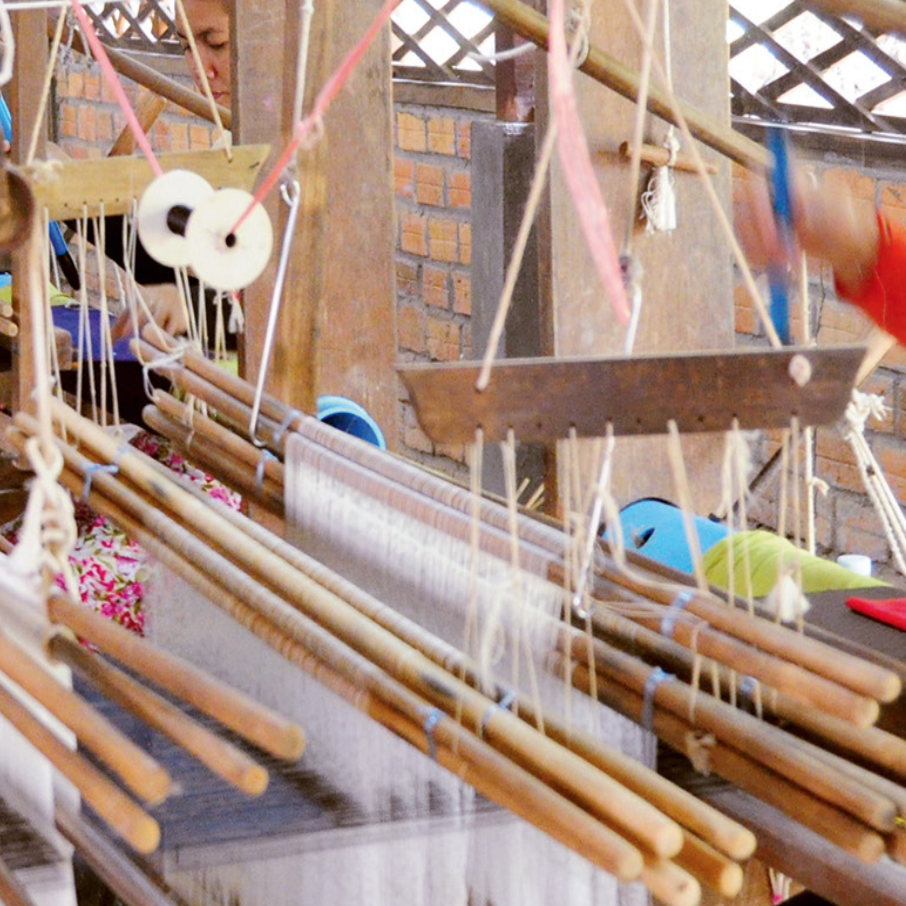Education and co-creation as a basis for the transmission of culture, intangible heritage and the projection of identity
Main Article Content
Abstract
This paper critically analyzes an exemplary international model of social entrepreneurship, based on the use of ancestral cultural heritage for the production of goods for the tourism market: Artisans D'angkor, Cambodia. The intention is to understand and theoretically rethink the constitution of the logic of product elaboration in complex scenarios, where identity and manufacturing have a preponderant role. The essay will focus on two key aspects:
- Production or reproduction of patrimonial objects with legitimate heritage character by groups that are external to the specific cultural origin.
- The participation of local communities to strengthen identities in a globalized environment.
Article Details
References
BBC News (2015). Cambodia Profile Timeline. London, UK: BBC. Recuperado de http://www.bbc.com/news/world-asia-pacific-13006828
Bustos, E. (2011). Desafios del Estado en la proteccion del patrimonio inmaterial. En D. Marsal, Hecho en Chile: Reflexiones entorno al patrimonio cultural (p. 215). Santiago: Consejo Nacional de la Cultura y Artes.
Dormaels, M. (14 de julio de 2011). Patrimonio, Patrimonialización e Identidad. Hacia una hermenéutica del patrimonio. Herencia, 24, 7-14.
García Canclini, N. (1990). Culturas híbridas: Estrategias para entrar y salir de la modernidad. México D.F., México: Grijalbo.
Instituto Nacional de la Cultura del Perú. (2007). Documentos Fundamentales para el Patrimonio Cultural. Textos internacionales para su recuperación, repatriación, conservación, protección y difusión. Lima: Instituto Nacional de la Cultura del Perú.
Marsal, D. (2011). Hecho en Chile: Reflexiones en torno al Patrimonio Cultural. Santiago: Andros Impresores.
Pérez de Cuellar, J. (1996). Nuestra diversidad creativa: Informe de la comision mundial de cultura y desarrollo. París: Unesco.
Schwarz, M. y Krabbendam, D. (2013). Sustainist Design Guide: How Sharing, Localism, connectedness and proportionality are creating a new agenda on social design. Amsterdam: BIS Publishers.
Shea, A. (2012). Designing for Social Change: Strategies for Community-Based Graphic Design. Nueva York, NY, Estados Unidos: Princeton Architectural Press.
Szakmary, L. (2000). The Cold War Museum: The Khmaer Rouge and Cambodia. Warrenton, VA: The Cold War Museum. Recuperado de http://www.coldwar.org/articles/70s/KhmerRougeandCambodia.asp
Unesco (2003). Convención para la salvaguardia del patrimonio cultural inmaterial. París: Unesco.


